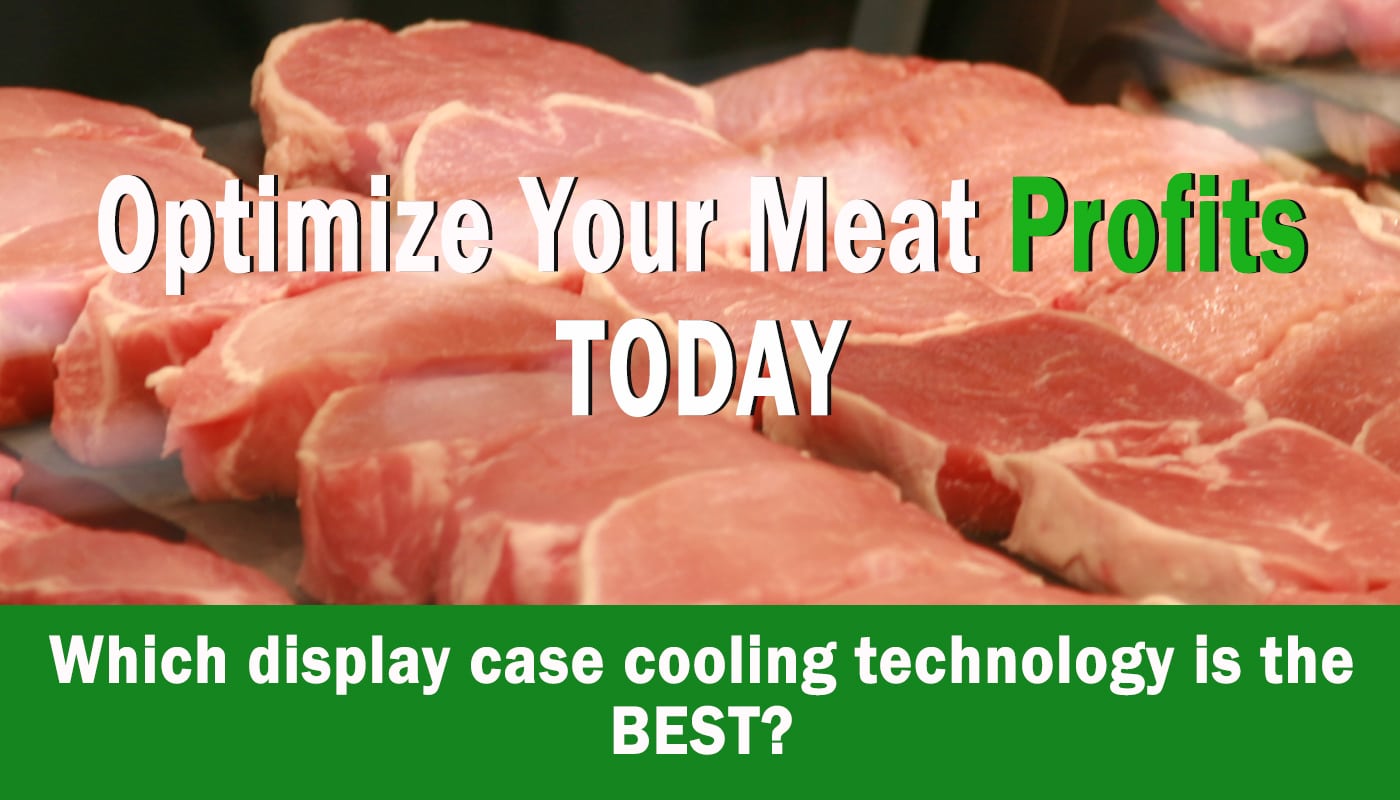You Mean There IS a Difference?

Some folks will have you believe that there’s little or no difference in which refrigerated service display case you choose for best offering your fresh meat, poultry, and seafood to your customers. Don’t buy it! At least, not if you care about optimizing your profit and selling the freshest cuts possible. As one of the main areas to drive customer loyalty and competitive advantages, meat is crucial to total store success. According to the FMI study, “The Power of Meat-2018”, total meat is the largest of the fresh categories with a household penetration of 97.9 percent. At $49.5 billion in annual sales, the meat department is the second largest perimeter department behind produce.
One way of assuring you want to get the most out of this opportunity when it comes to meat, poultry, and seafood is to make the right decision regarding which refrigerated case best does the intended job. There are so many case models out there that they all start to blend in together — but there are key differences. A recent research work, fully accepted and published in the journal Food Control, compared four different refrigerated service display case technologies, utilizing either convective, conductive, or a combination of the two cooling methods, to determine the effect that each had on product shelf life and microorganism growth on beefsteak and chicken breasts.
Price can be a valued weapon of a food retailer. But there are lurking enemies to the intended profit of such actions, none-the-least being “shrink” where moisture losses in the product over the period it is in the display case rob the product of weight, deflating the sale price (dollars per lb.). Another such enemy is the growth of microorganisms (bacteria) on the meat’s surface which causes discoloration and eventual spoilage of the meat. Product tissue temperature is the most profound contributing factor to this loss of product integrity while relative humidity also plays a role.
So, what exactly did the study find? The Conduction Cooling Gravity Assist Service Case (CCGA) had a significant advantage over its nearest competitor with respect to keeping the product cooler. The nearly 3 °F differential measured in the beefsteak product temperature between these cases is very significant when it comes to the pathogen modeling and growth potential of harmful bacteria.
In addition to this finding, the CCGA conduction cooling case realized benefits from its ability to keep the relative humidity at properly elevated levels and minimize decreased product weight due to moisture losses. The beefsteaks lost more weight when held in the PCC case (the closest competitor to the CCGA case) and therefore exhibited a higher product shrinkage. By day 8, steaks held in the PCC case had lost 10.8% of their weight compared to 9.7% for steaks held in the CCGA case. Once again, minimizing this product weight loss helps maximize a store’s profit.
Successful perishable areas implement best practices to increase departmental revenue. Proper product merchandising, handling and storage, all play pivotal roles in boosting department performance and increasing margins. Considering 65% of all store shrink is in the perishable departments, and 18% of total store shrink is the meat department; employing the right equipment that offers a favorable climate for the product integrity and product safety of meat products is crucial in gaining profit in your store.
The Food Control study concluded that the Conduction Cooling Gravity Assist Service Case (CCGA) utilizing pulse-flow coolant control was superior to the other three technologies studied in its ability to create a favorable climate for the product integrity and safety of meat products. The CCGA case used in the study was the Hillphoenix SSGC Coolgenix® refrigerated merchandiser.
Bottom line is it would serve your profit intentions well to know that, YES, there IS a difference between refrigerated service display cases used for meat, poultry and seafood products — and knowing that can make a difference in your resulting profit picture.